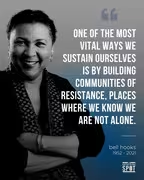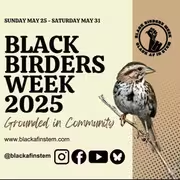This year, Winter Solstice occurs December 21st. The shortest day of the year--meaning the day with the shortest number of daylight hours. According to the
Farmer's Almanac, this date happens annually, either on the 21st or the 22nd of December each year.
As a person who feels like dark at 5:30 after the November time change is blacker than midnight, I'm actually always eager to find myself on the flip side of Winter Solstice. I like daylight and sunshine! Short, dark days are harsh! Longer days ahead truthfully make this northern hemisphere girl's heart sing!
I happened on the
Royal Museum Greenwich's website, which had some beautiful imagery and also some interesting facts about Winter Solstice. (They also had some beautiful pieces about
Christmas in Greenwich too--who wouldn't want to go ice-skating with the Queen's House as the backdrop!)
One of the most interesting parts of their Winter Solstice page was how it is celebrated worldwide, both now and historically:
Yule
This neopagan, pre-Christian festival "the Fest of Jul" occurred in Scandinavia at this time of year. Lighting fires was very symbolic during this cold festival time, as a sign that the heat and light needed to return. Hence the born tradition of the Yule log, which historically was a tribute to the Norse god Thor. Other Norse traditions relate to the sacrificing of the Yule boar (to honor Freya) or honoring the Yule goat (a nod to Norse god Thor's two goats). Today, many still celebrate by lighting a Yule log, or taking part in Yule singing (or waisalling, a pre-cursor to Christmas caroling).
SaturnaliaMy son's Middle School Latin class annually celebrated Saturnalia (and still does though he's well past Middle School age). This Ancient Roman seven-day festival began on December 17th, honoring Saturn, father of many of the gods (and of course the namesake to the planet Saturn). Saturnalia was a time of feasting, gift giving, and fun--school and businesses were shut down to take advantage of the seven days of fun and festivities. Sacrifices were made to the Temple of Saturn and revelry would be the theme during this holiday.
The Dongzhi Festival
In Eastern Asia and China, this is one of the highly important time of years. Breaking down "Dongzhi" in Chinese, you have the combination of winter + arrival...meaning literally: the coming of winter. The shift to longer daylight hours was cause for celebration as it brought about positive energy. It ties to the yin-yang philosophy of harmony and balance. This also served as the time of harvesting the winter crops, which also brought about honoring the farms, crops, and plenty brought to the people, and feasting together as a family.
Yalda
In Iran, Shab-e Yalda ‘Yalda night’ or Shab-e Chelleh signifies the ‘night of forty.’ This Iranian festival has friends and family coming together for food, drink, family togetherness, and poetry readings all night long. Pomegranates, watermelons, and nuts are specialty foods of this festival. It is also celebrated in other parts of the Middle East, including Iraqi Kurdistan, Afghanistan, Turkey, and Azerbaijan.
Stonehenge
While not a holiday, Stonehenge is a high profile place of celebration of the winter solstice. In part, during summer and winter solstice, the alignment of the stones with the sun is significant, especially at sunrise, which provides context for its significance as a seasonal monument when it was created around 3500 BC. It was a place of both Druid and Pagan celebrations of this time of the year, and it continues to draw visitors today.







































